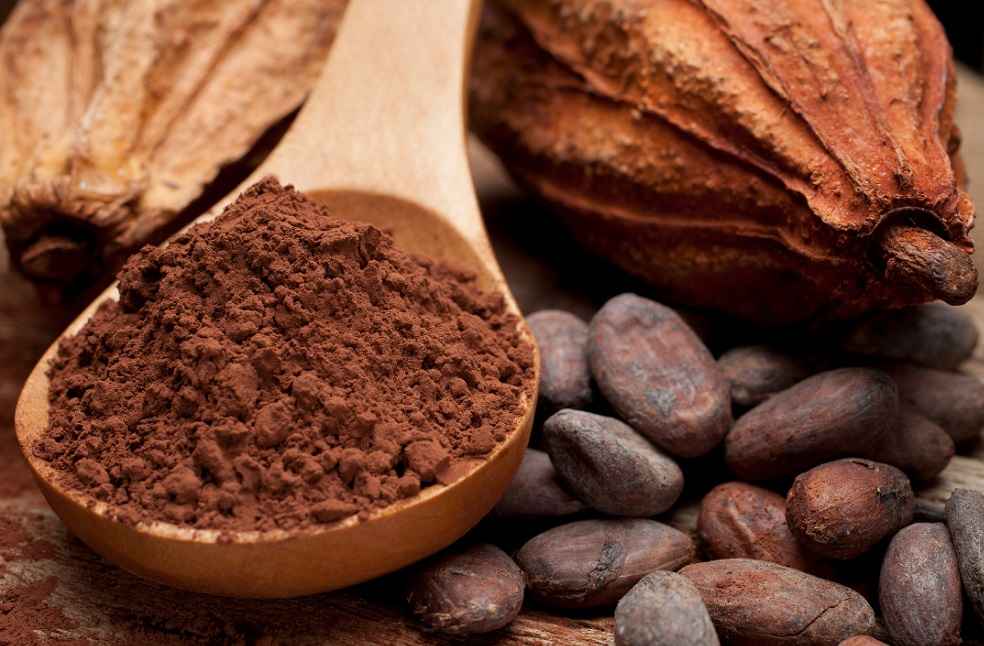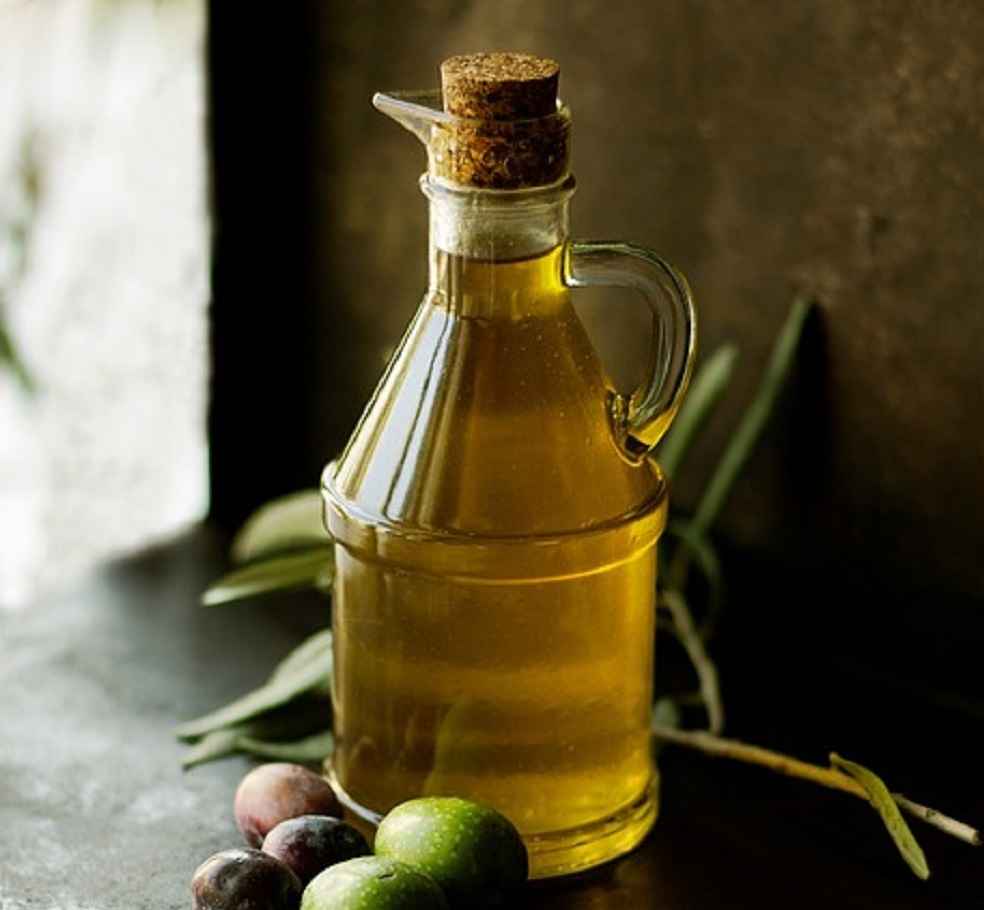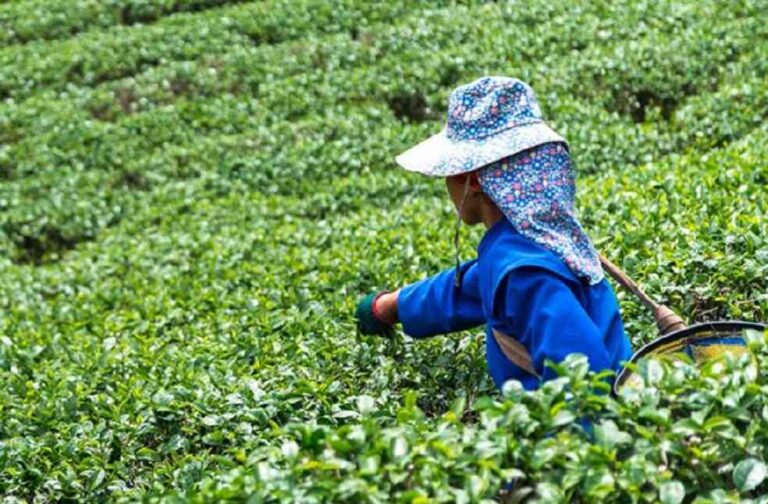The FAO’s biannual report projects the global food import bill will exceed $2 trillion in 2024, driven largely by rising costs of cocoa, coffee, and tea. These commodities account for over half of the 23% increase in food import expenditures, with significant disparities across income levels.
Commodity Price Increases
Cocoa prices have reached nearly four times their ten-year average, coffee prices have almost doubled, and tea prices are 15% above long-term levels. High-income countries, comprising two-thirds of the global food import bill, are expected to see a 4.4% increase in costs. Meanwhile, middle- and low-income countries may benefit from reduced cereal and oilseed prices, though wheat and coarse grain consumption in lower-income countries is projected to decline, with only rice consumption expected to rise by 1.5%.

Export Contributions to Food Security
Food exports are critical for many economies. Coffee export revenues cover nearly 40% of food import costs in Burundi and Ethiopia, cocoa exports fully offset Côte d’Ivoire’s import bill, and tea exports fund more than half of Sri Lanka’s import costs.
Mixed Production Forecasts
Global food production and trade forecasts are varied. Wheat and coarse grain output is expected to decline but remain above consumption levels. Rice production is set for a record harvest in 2024/25, supporting increased consumption, reserves, and trade. Meat and dairy production is forecast to grow modestly, while fisheries output may expand by 2.2%, driven by aquaculture. However, vegetable oil consumption may outpace production for a second consecutive year, leading to stock drawdowns.
Olive Oil Prices Surge Amid Climate Strain
Olive oil prices have spiked due to climate-related production declines. In Spain, prolonged high temperatures have halved yields for two consecutive years, pushing prices for cold-pressed extra virgin olive oil to nearly $10,000 per tonne in early 2024, almost triple 2022 levels. Despite an expected recovery in production, high prices could limit global consumption. FAO recommends sustainable water and soil management and government support for olive growers.

Fertiliser Price Trends
Fertiliser prices have fallen by 50% from their 2022 peak due to lower natural gas costs and reduced trade barriers, though phosphate fertilisers remain expensive due to geopolitical tensions. The report highlights the potential of low-carbon ammonia as a sustainable alternative, though scaling production will require targeted incentives to offset higher costs.
Risks to Food Security
The FAO warns that extreme weather, geopolitical tensions, and policy changes could disrupt production and strain global food security. The report stresses the need for sustainable practices and policy support to stabilise supply chains.
IMEX SECTOR | Global Sodium Benzoate Prices Rise in Q4 Amid Supply Chain Disruptions



